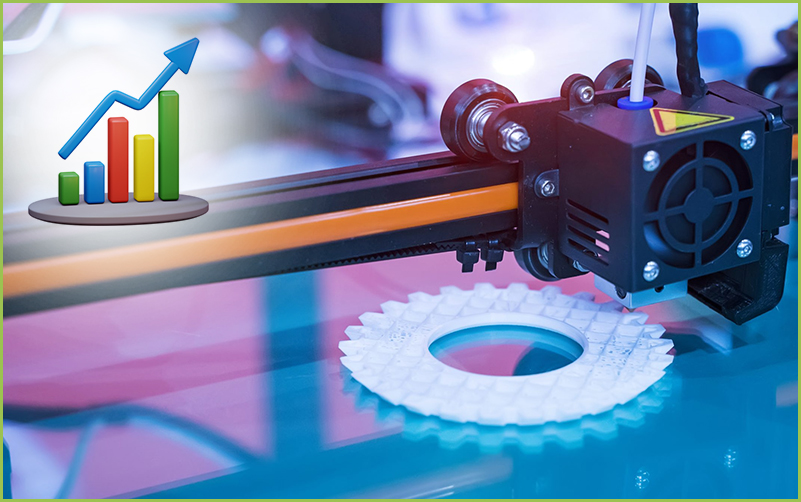
3D Printing in Medical Devices to Become $4 Billion Industry by 2026: GlobalData
28 February 2023: 3D Printing complements traditional manufacturing by offering new opportunities for personalization and small-batch production of complicated parts. In medical devices, this allows for customized devices uniquely suited to patients, improving fit, comfort, and outcomes while reducing the risk of complications. Given its advantages, the medical 3D printing market is forecast to grow from just over $2 billion in sales in 2022 to $4 billion in 2026 at a 21% compound annual growth rate (CAGR), according to GlobalData.
GlobalData’s latest report, ‘3D Printing in Medical Devices – Thematic Intelligence,’ reveals that 3D printing revenue in medical has been steadily increasing since 2018, due to its increasing applications in orthopedic, dental, interbody, surgical and personalized devices.
Ashley Clarke, Medical Analyst at GlobalData, comments: “3D printing can be used to create custom prosthetics and implants to meet the individual needs of a patient, improving functionality and patient comfort. 3D printed surgical guides can also aid surgeons performing joint replacement, spinal, and other complex surgeries, leading to improved accuracy and precision during procedures, increased success rate, and reduced recovery times.”
Clarke continues “Unlike traditional manufacturing techniques, 3D printing offers greater design freedom and has little to no additional cost for increasing complexity of a design. Devices with intricate structures and internal cavities are now possible to manufacture. Design iterations can also help to reduce components, weight, and cost, which is perfect for creating lightweight, compact medical devices with internal functionality.”
With more research, 3D printing could also lead to printed ‘smart materials’ with geometries that are nearly impossible to produce using other methods. ‘Smart materials’ respond to stimuli in their environment, such as heat, moisture, or sound, and are promising for medical applications as they can enhance current devices with new properties and improved performance.
Prosthetic limbs with built-in sensitivity, self-expanding stents, self-healing joint replacements and drug delivery devices that respond to infection are just some of the potential ‘smart’ devices. Though still far from commercial production, research and design of these devices can benefit from the customizable, small-batch, low-cost and design freedoms that 3D printing allows.
www.globaldata.com






